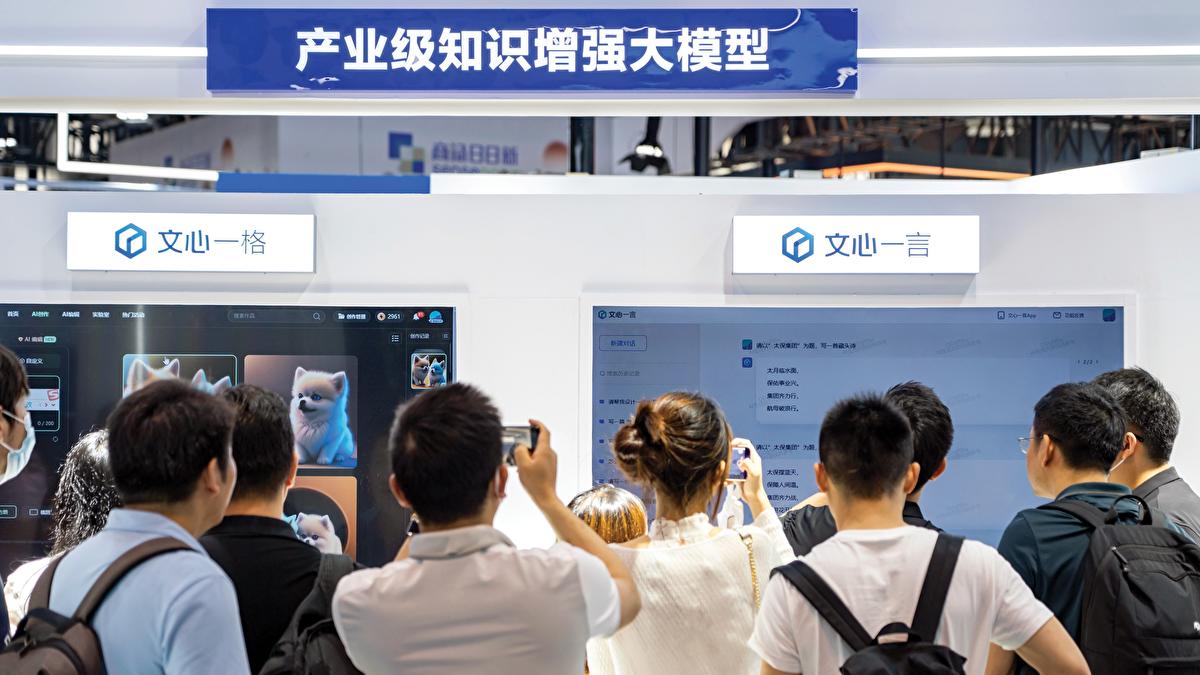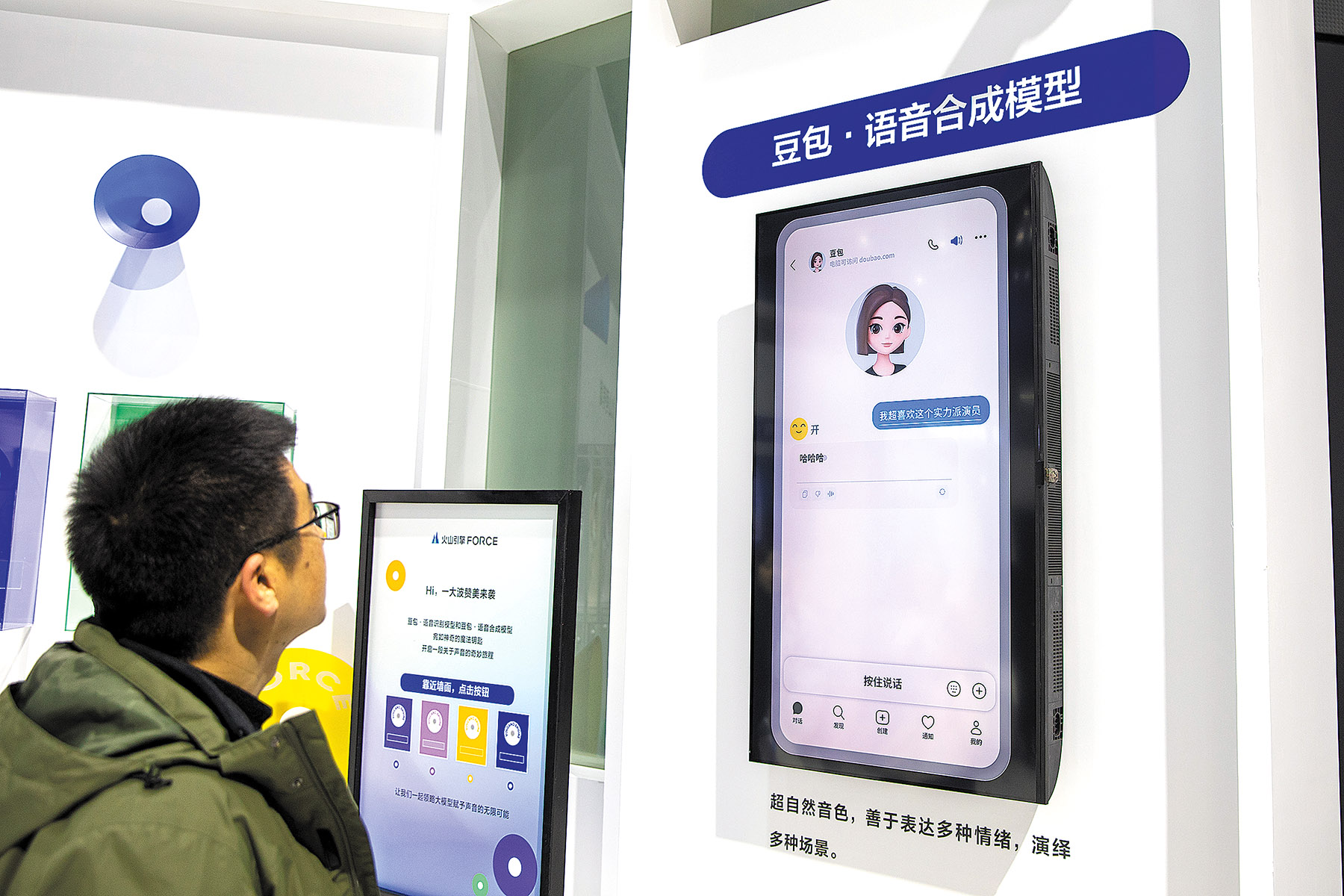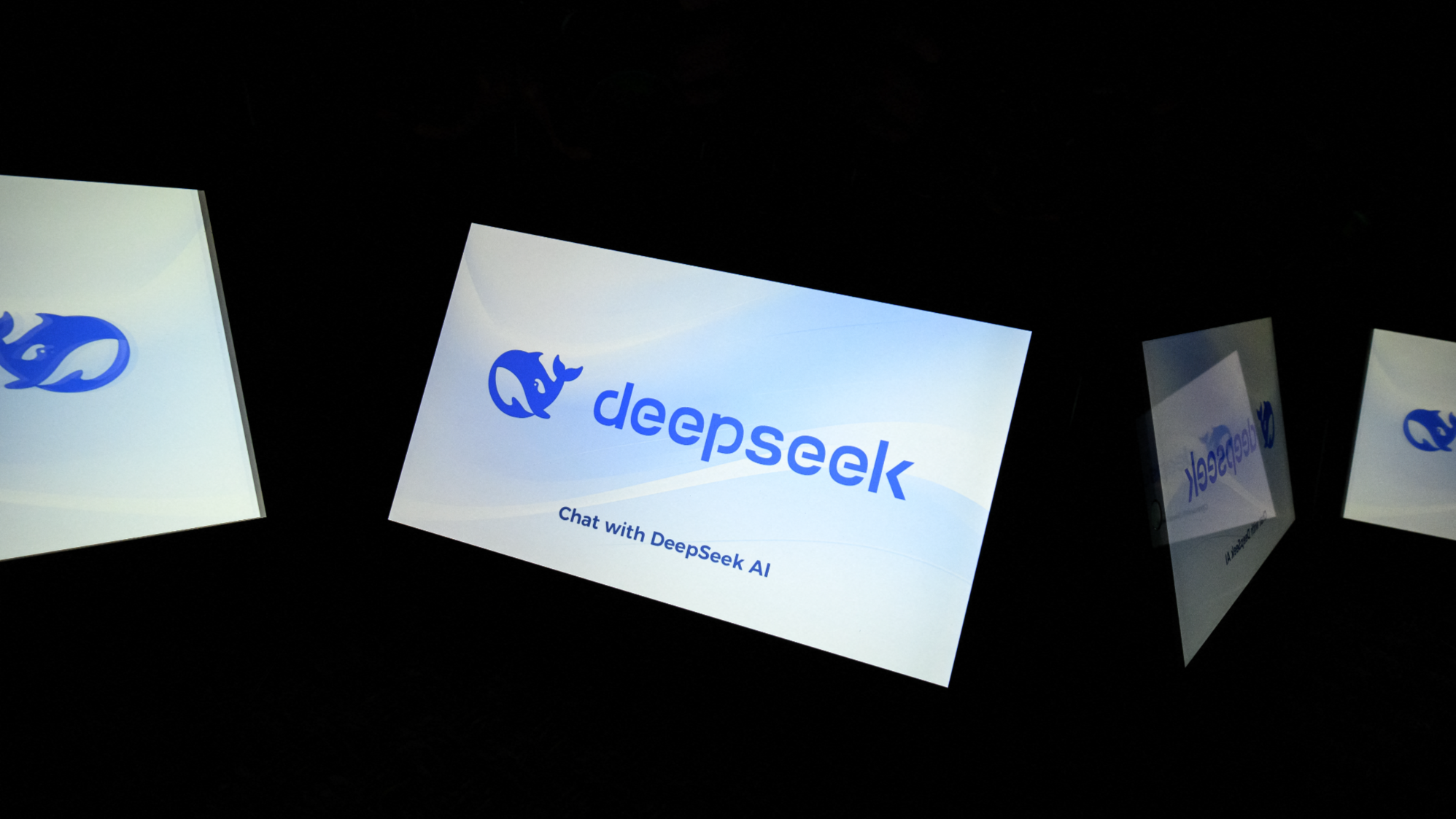While witnessing more people embracing generative artificial intelligence in their work and daily lives, China has also been strengthening its institutional framework in the field to support the country's high-quality development, internet regulators said.
According to a report released by the China Internet Network Information Center over the weekend, China had 515 million generative AI users as of June, 266 million more than in December 2024.

Liu Yulin, director of the center, said AI has evolved from a lab concept into a mature service supporting hundreds of millions of people. The surge in generative AI users reveals a shift from trial use to everyday application across the nation, he added.
"As a strategic technology leading a new round of technological revolution and industrial transformation, AI is profoundly reshaping the way humans produce and live," said Zhang Xiao, deputy director of the center, while explaining the report to the public.
Zhang noted that Chinese-developed large AI models have gained widespread popularity among users, driving the intelligent transformation and upgrading of various application scenarios.
She said the most widely used function of generative AI products is answering questions, followed by office assistance and content creation, such as images and videos.

"Generative AI is steadily integrating into the everyday lives of residents across the nation, with young, middle-aged and highly educated users emerging as the core user groups," she said. The report showed that people under 40 years old account for 74.6 percent of all users, and 37.5 percent hold a degree at the junior college level or above.
"I can truly appreciate the power of AI in boosting work efficiency. It's incredibly convenient. I didn't take it seriously before, but now I realize what I was missing," said a Weibo user whose nickname is Luohunhunna.
Another Weibo user named Xiaozhou Haohaobanzhuan shared her experience, saying: "I had DeepSeek act as a therapist and had a good chat with it. I'm feeling a bit better now. I'm grateful to my friends, but I cannot keep bothering them with my emotional baggage. Might as well pour it out to AI instead."

As more people apply AI in their work and daily lives, the number of AI products has also been growing rapidly. By the end of August, 538 generative AI services had been registered with the Cyberspace Administration of China, an increase of 192 compared with the number seen in March, according to the report.
It also highlighted that as of April, China had filed about 1.58 million AI-related patent applications, accounting for 38.58 percent of the global total — ranking first in the world.
In addition, Zhang emphasized that China has placed high priority on building a robust governance system for the technology. It has rolled out a series of policies and rules for the sector, including interim measures for the management of generative AI services and guidelines for building a national comprehensive standardization system for the AI industry.
"These documents have laid a solid institutional foundation for the healthy and orderly development of the technology, its industries and related fields, providing strong support for high-quality growth," she said.
Since last year, China's efforts to regulate the use of the technology have intensified, with some legal professionals suggesting that AI applications be classified based on their risk levels and then subject to categorized regulation.


